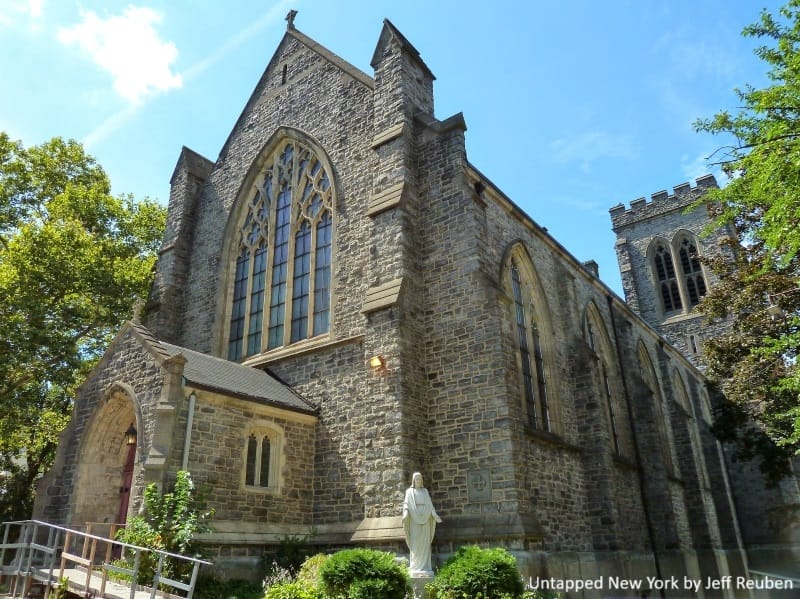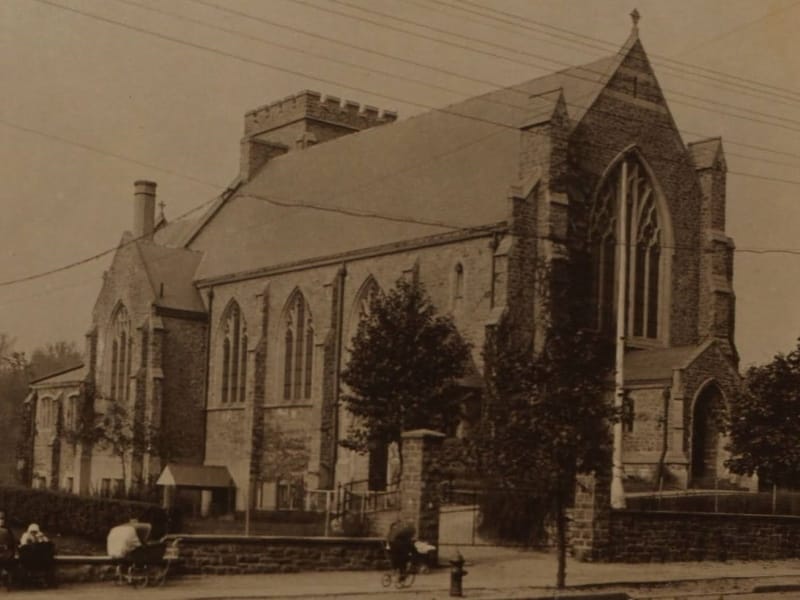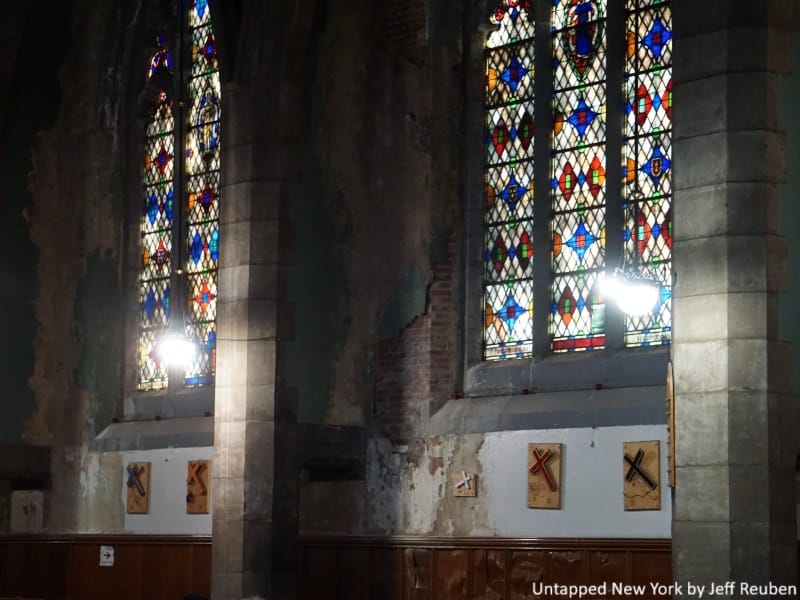Last-Minute NYC Holiday Gift Guide 🎁
We’ve created a holiday gift guide with presents for the intrepid New Yorker that should arrive just in time—

The Episcopal Church of the Mediator is full of splendid treasures that may soon be lost.

The Episcopal Church of the Mediator is a Gothic Revival stone church with an impressive architectural and artistic pedigree, but it has become a financial albatross for its faithful.
Located at the corner of Kingsbridge Avenue and West 231st Street, a few blocks from the hustle and bustle of Broadway and the elevated 1 train, this graceful building is set back from the street and nestled among trees, a reminder of the days when Kingsbridge and surrounding neighborhoods were more rural than urban.

The congregation was founded in 1855 and built a wooden church in 1857. In time, as the area and the congregation grew, the original building was replaced with the current one. Built in stages, construction began in 1906 and it opened in 1913.
It was designed by Henry Vaughan, a British-born, Boston-based architect, whose other credits include Washington National Cathedral and parts of the Cathedral of St. John the Divine. Built with a cross plan, it features a soaring nave, transept, chancel, and bell tower.

While the facade is attractive and the massing is well proportioned, the church earns the nickname “the Little Cathedral of The Bronx”—bestowed by Bishop William T. Manning—from the splendors of its interior.
The building boasts a stunning array of stained glass, installed over the years. These include two memorial windows by Tiffany Studios unveiled in 1913. Dr. James Douglas and his wife Naomi donated the Tiffany works as a tribute to their daughter Lily who died of pneumonia at age 28.

C.E. Kempe & Co., a prominent London firm renowned for its medieval inspired style, crafted some of the other stained glass windows. One of the Kempe windows is dedicated to Dr. and Mrs. Douglas. A Canadian native and president of mining firm Phelps Dodge, Dr. Douglas was one of several wealthy members whose gifts helped furnish the church with high quality artworks.

This church was more than a place for the rich to make their mark; the stained glass windows tell other stories too. A large set on the rear wall of the nave honors Rev. John Campbell, who served as church rector from 1897 to 1937. It portrays not only religious figures but also Booker T. Washington and Jane Addams. This was a gift not of a single individual or family, but of the choir, women’s guilds, and other congregants.
At the altars, there are two terra cotta tablets with sculptural reliefs by George Tinworth, a British ceramicist celebrated by critics as “Rembrandt in clay.” These are believed to be Tinworth’s only works in the United States and were the last major pieces completed before his passing in 1913.

Yet, for all its glories, even sacred spaces have to contend with prosaic concerns. When the Daily News interviewed the then pastor, Rev. Diego Delgado-Miller, in 2009, he noted that “we need a new roof, among other repairs, to bring the building up to date.” It was estimated that the congregation would need “$5 million to repair the building.”
Those challenges remain. The church is reported to be over $600,000 in debt and struggling to meet ongoing expenses, while visible indicators of its physical distress include exposed brick where the plaster has fallen away. The church has been unable to raise sufficient funds to pay for repairs and operating costs.

Today, the church serves a diverse flock who wish to continue as a congregation and provide activities such as a food pantry. But, with a proverbial sword of Damocles perched above, its survival is uncertain.
The church has received grants and technical assistance from Trinity Church, a historic Lower Manhattan church, to help resolve its predicament. In 2022, as reported in the Riverdale Press, the Church of the Mediator announced that it is planning to replace the current building with new development that could produce enough revenue to retire its debts, build a new church structure, and gain long term stability. At that time, the church expected to identify a development partner and plan in two years time.

It is evident that this decision has been difficult for church members, with a sense that there is no viable path forward that includes the preservation of the historic building. The church website highlights its architectural heritage and the church's grandeur has been on display to the public during tours for Open House New York. The interior photographs shown in this article are from an Open House New York visit in October 2024. Demolishing this church to provide a future for the congregation is undoubtedly a very bitter pill.

While the details of redevelopment plans have not been publicly announced as of the publication of this article, it seems likely they will be forthcoming soon. There was no response by the church to a request to provide information for this article.
The church is not a designated New York City landmark, but even if it were, the designation would not necessarily remedy its problems. Absent an eleventh hour miracle, its days are numbered. What the plans for the site will entail and what will become of the stained glass and its other treasures remains to be seen.
Subscribe to our newsletter